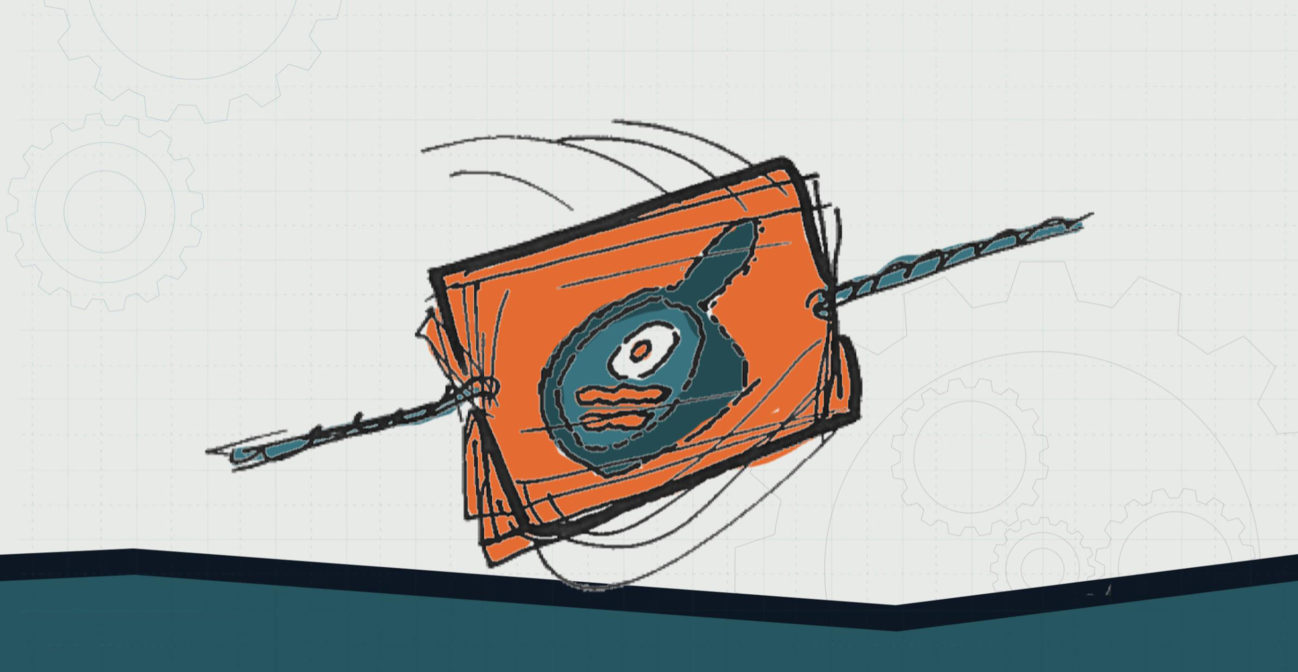Join us for conversations that inspire, recognize, and encourage innovation and best practices in the education profession.
Available on Apple Podcasts, Spotify, Google Podcasts, and more.

ELEMENTARY SCHOOL – LEVEL 2
A thaumatrope consists of two images drawn on opposite sides of an object that’s attached to two pieces of string. When you flip the thaumatrope back and forth, you are able to see both pictures at once, due to the phenomenon of “persistence of vision”—the eye’s ability to retain an image for roughly 1/30 of a second after the object is gone. If you flip the thaumatrope fast enough, your brain retains the two different images long enough to build up a composite image. The faster you flip it, the more clearly the illusion appears.
MATERIALS NEEDED:
❏ Permanent markers
❏ Flat plastic disk or rectangle
❏ String or pipe cleaners
DIRECTIONS:
OBJECTIVE: Students will be able to develop a model to describe how objects are seen by reflecting light.
ESSENTIAL QUESTION(S):
1. Students build the Thaumatrope activity
a. Allow students to construct
b. Allow students to play with the toy
2. Ask students to produce a model (refer to NGSS use of “Model”) of how it works
a. Use words, pictures, and arrows
b. Students may have gaps in their explanation (that is OK!)
3. Evaluate
a. Informally evaluate their models
b. Identify student prior knowledge and misconceptions
*Continue on to the second part of this combined lesson plan, “3D Color Wheel”
NGSS CONNECTION:
3-PS2-3. Ask questions to determine cause and effect relationships of electric or magnetic interactions between two objects not in contact with each other.
COMMON CORE CONNECTION:
ELA/Literacy
RI.3.1 Ask and answer questions to demonstrate understanding of a text, referring explicitly to the text as the basis for the answers. (3-PS2-3)
RI.3.3 Describe the relationship between a series of historical events, scientific ideas or concepts, or steps in technical procedures in a text, using language that pertains to time, sequence, and cause/effect. (3-PS2-3)
RI.3.8 Describe the logical connection between particular sentences and paragraphs in a text (e.g., comparison, cause/effect, first/second/third in a sequence). (3-PS2-3)
SL.3.3 Ask and answer questions about
information from a speaker, offering appropriate
elaboration and detail. (3-PS2-3)
DOK:
Level 2: Concept
Level 3: Strategic Thinking